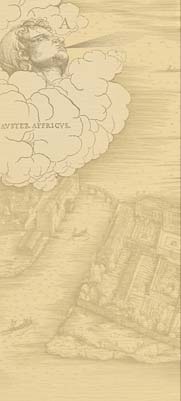Mathematics: Practice
In keeping with the main focus of the abacus tradition, Michael's manuscript contains much of practical commercial importance.
The text includes many problems relating to barter, partnerships, and freight, as well as calculations of profits and loss. It also includes several problems relating to prices and profits on pepper. Indeed, a problem concerning a cargo of pepper appears on the very first page. Its prominence is appropriate, because pepper was one of the most important commodities Venetians traded.
Michael's problems were themselves a sort of tool. They helped him recognize commercial situations of a certain form and remember how to solve them.
Typically, Michael solves his problems three different ways, as he did with the first problem in his text concerning a cargo of pepper. There he used the rule of three, meticulously writing out the calculations. Then he used algebra. Finally, he used the rule of double false position, again writing out the calculations. (See the toolkit for an example of Michael's multiple solutions.)
Michael's additional solutions are frequently overcomplex and unnecessary. For example, a practically minded merchant would not normally apply the relatively complex rule of double false position to a problem that he could solve with the much simpler rule of three. Michael went to great lengths to show different methods and spent much time applying them to situations for which he knew they were inappropriate. This reflects his intellectual curiosity about mathematical techniques for their own sake.
Michael's interest in mathematics is further illustrated by a number of problems that seem practical at first, but turn out to be more recreational, having no relation to everyday life. In one such problem, Michael asks the reader to determine how much money each player in a dice game had at the start of the game, based on how much they had at the end and how much they won from each other. In another, we are asked to purchase 100 ducats of ginger, cinnamon, and saffron—which cost, respectively, 16, 26, and 80 ducats for a given weight unit—such that the cinnamon is worth twice as much as the ginger, and the saffron three times as much as the cinnamon. These were real commodities, but unlikely buying conditions.











